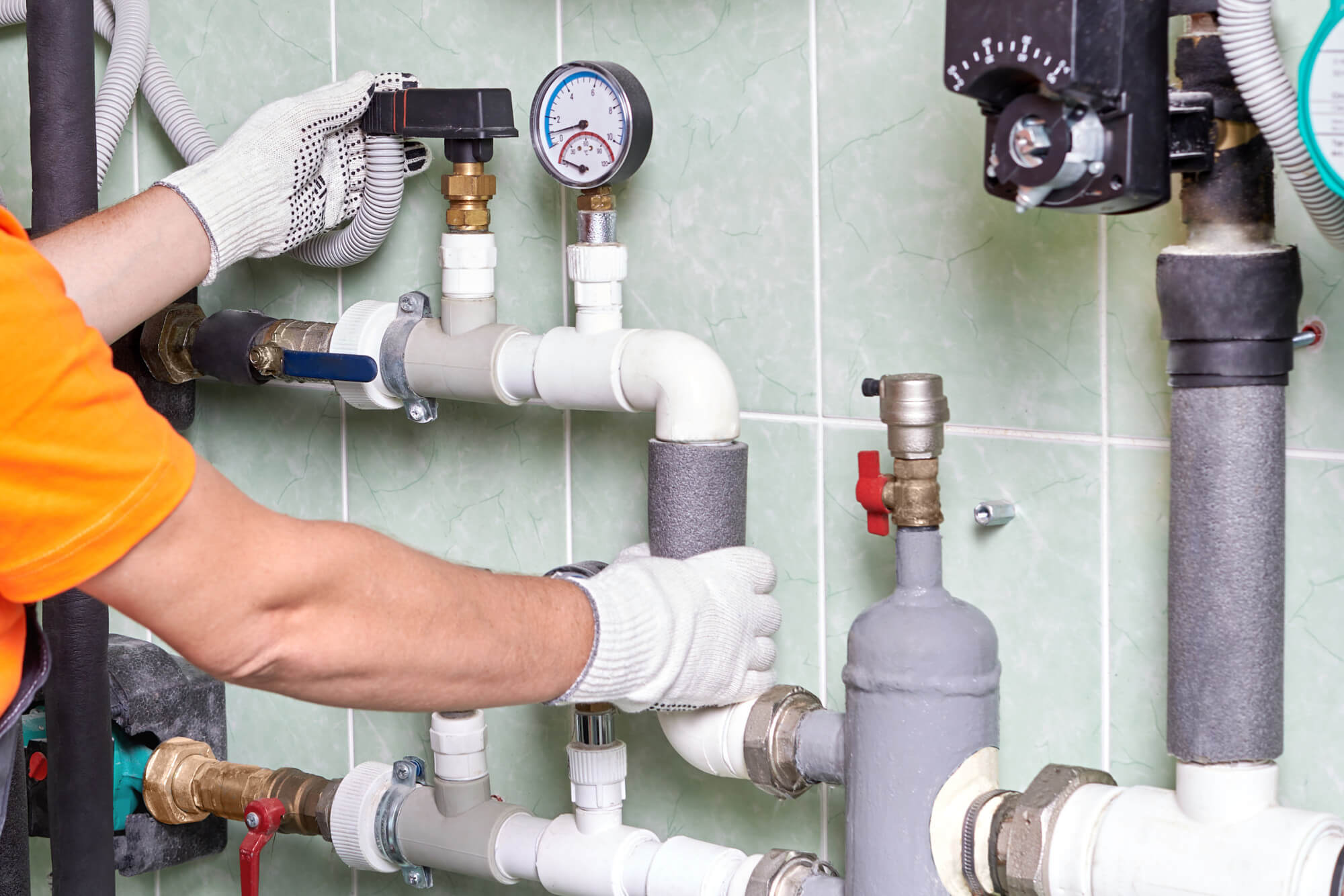Finishing commercial plumbing projects in Sacramento requires careful planning, adherence to regulations, and skilled execution. Here are different methods for successfully completing the finishing phase of Commercial Plumbing in Sacramento:
**1. Code Compliance:
Before starting any finishing work, ensure that the plumbing installation aligns with the local building codes and regulations in Sacramento. This includes proper sizing, materials, ventilation, and drainage systems.
**2. Testing and Inspection:
Before closing up walls and ceilings, conduct thorough pressure tests and inspections to ensure that all plumbing systems are leak-free and functional. This step helps identify and address potential issues early.
**3. Installation of Fixtures:
Install fixtures such as sinks, toilets, faucets, urinals, and water heaters according to manufacturer guidelines. Ensure proper sealing and connections to prevent leaks.

**4. Drainage and Ventilation:
Install drainage and ventilation systems to facilitate the smooth flow of wastewater and prevent odors. Proper slope and venting are essential for preventing clogs and maintaining system efficiency.
**5. Water Supply Lines:
Install water supply lines for faucets, showers, and other fixtures. Use appropriate materials such as copper, PEX, or CPVC, and ensure proper connections to avoid leaks.
**6. Backflow Prevention:
Install backflow prevention devices where required to prevent the contamination of potable water. These devices ensure that water flows in one direction only.
**7. Insulation:
Properly insulate pipes in areas where freezing temperatures are a concern. Insulation helps prevent pipe bursts and ensures consistent water temperature.
**8. Fire Sprinkler Connections:
If the commercial space requires fire sprinklers, ensure that the plumbing system is integrated with the fire suppression system. Coordinate with fire protection specialists.
**9. Grease Traps and Interceptors:
Install grease traps and interceptors where necessary, especially in kitchens or areas with heavy grease discharge. Regular maintenance is crucial to prevent blockages.
**10. Accessibility:
Ensure that all components, valves, and shut-off points are easily accessible for maintenance and emergency situations. This includes labeling and clear identification.
**11. Emergency Shut-Off Valves:
Install emergency shut-off valves for water supply lines to quickly stop water flow in case of leaks or emergencies.
**12. Final Inspection:
Schedule a final inspection with the local building authority to ensure that your commercial plumbing project complies with all regulations. Address any issues identified during the inspection.
**13. Client Communication:
Throughout the finishing phase, maintain clear communication with the client to discuss progress, address any changes or concerns, and ensure their satisfaction with the completed plumbing systems.
**14. Documentation:
Provide the client with detailed documentation of the plumbing system layout, maintenance guidelines, and warranty information. This documentation is valuable for future reference.
**15. Ongoing Maintenance Plan:
Discuss the importance of regular maintenance with the client and provide guidance on how to keep the plumbing system in optimal condition.
Conclsuion
Commercial Plumbing in Sacramento projects requires attention to detail, skilled craftsmanship, and adherence to local regulations. Working with experienced plumbing professionals and coordinating closely with other trades involved in the project can lead to successful outcomes for both the plumbing system and the overall commercial space.
